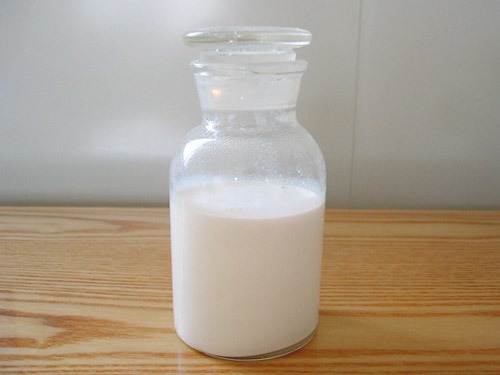The emulsion polymer styrene-butadiene (SB) latex is widely applied in a variety of industrial and commercial applications. SB latex is categorized as a copolymer since it is formed up of two separate types of monomers, styrene and butadiene. Butadiene is a byproduct of ethylene manufacturing, while styrene is made by reacting benzene with ethylene.
Natural latex, which is generated from the sap of Hevea brasiliensis trees, differs from styrene-butadiene latex, as do both of its monomers (aka rubber trees). It also differs from styrene-butadiene rubber (SBR), a synthetic product with a similar name but different characteristics.
Styrene-butadiene latex is manufactured through the polymer emulsion process. This includes combining the monomers with surfactants, initiators, carboxylic acids, and speciality monomers in water. The chain-reaction polymerization that binds the styrene monomer to the butadiene monomer is triggered by initiators. Butadiene is the union of two vinyl groups, hence it can react with four additional monomer units. As a result, it can not only increase the polymer chain's development, but also link one polymer chain to another. This is known as crosslinking, and it's essential to the chemistry of styrene-butadiene. In appropriate solvents, the crosslinked component of the polymer does not dissolve but swells to create a gel-like matrix.
1. used as a coating in paper products, such as magazines, flyers and catalogs, to achieve high gloss, good printability, and resistance to oil and water.
2. for adhesives in certain industries like flooring.
3. Foam rubber
4. Construction
5. Carpet
6. Fabric/Non Woven Fabric
